As the global automobile industry advances towards greater performance, safety, and sustainability, the demand for high-quality, reliable components has never been greater. Among the many materials used in manufacturing automotive parts, brass stands out as a highly valued metal due to its unique combination of strength, corrosion resistance, and excellent conductivity.
At Kriloha Ltd., we take pride in being a trusted and premium supplier of metal parts, including brass auto parts that cater to the electrical and mechanical needs of the automotive sector. In this blog, we explore the significance of brass in automotive applications, its key advantages, and why it remains a preferred material for many critical components in vehicles today.
In modern vehicles, electrical systems play a central role in everything from engine management and safety features to infotainment and lighting. Brass is frequently used in automotive electrical components due to its outstanding electrical conductivity and reliability.
1. Battery Terminals and Connectors:
Brass is a preferred material for battery terminals, cable lugs, and electrical connectors because it offers low electrical resistance and high corrosion resistance. This ensures reliable power transmission and longevity in the vehicle’s electrical system.
2. Fuses and Fuse Holders:
Brass’s high melting point and conductivity make it suitable for fuse elements and holders in automotive circuits. It prevents overheating and ensures a consistent electrical flow, protecting the vehicle from short circuits and electrical surges.
3. Sensor Housings and Contacts:
With the growing use of sensors in smart vehicles, brass is used to manufacture sensor housings, contact pins, and terminals, where it provides a secure, corrosion-free interface for accurate signal transmission.
Brass is equally valuable for its mechanical properties, especially in components where wear resistance, dimensional stability, and anti-friction characteristics are essential.
1. Bushings and Bearings:
Brass bushings and bearings are widely used in automotive steering systems, transmissions, and suspension linkages. They reduce friction and wear while operating quietly and requiring minimal maintenance.
2. Fuel Injection Components:
Many precision-engineered fuel injection parts are made from brass due to its excellent machinability and resistance to corrosive fuels. These include fuel line fittings, jets, and nozzles.
3. Brake and Clutch Components:
Brass is often used in brake line fittings, clutch actuators, and pedal mechanisms because of its strength and resistance to deformation under high-pressure environments.
4. HVAC Fittings and Valves:
Automotive air conditioning and heating systems utilize brass valves, regulators, and fittings to manage coolant and refrigerant flow due to their high thermal conductivity and leak-proof sealing characteristics.
Brass is an alloy primarily composed of copper and zinc, often modified with small amounts of other elements like lead, aluminum, or tin to enhance specific properties. This versatile metal is known for its:
• Excellent machinability
• Corrosion resistance
• Good strength-to-weight ratio
• Superior electrical conductivity
• Non-sparking, non-magnetic properties
These attributes make brass especially useful in manufacturing components that are exposed to harsh conditions, high temperatures, friction, or electrical loads.
There are several compelling reasons why automotive OEMs (original equipment manufacturers) and aftermarket part suppliers continue to rely on brass:
• Durability: Brass components last longer in corrosive and high-vibration environments, reducing the need for frequent replacements.
• Precision Manufacturing: Brass’s excellent machinability allows for tight tolerances, making it ideal for intricate parts.
• Eco-Friendly and Recyclable: Brass is 100% recyclable without any loss in quality, aligning with the automobile industry’s push towards sustainability.
• Cost-Effectiveness: While offering premium performance, brass remains cost-effective over time due to its reliability and longevity.
At Kriloha Ltd., we understand the stringent quality and performance standards required by the automotive industry. That’s why our brass auto parts are engineered with precision, using the highest-grade materials to ensure optimal performance, safety, and durability.
• ✔ High-precision manufacturing
• ✔ Custom part development
• ✔ ISO-compliant quality assurance
• ✔ On-time delivery for OEMs and aftermarket
• ✔ Expert support for R&D and prototyping
• Electrical Connectors & Terminals
• Battery Clamps
• Fuse Holders & Switch Contacts
• Fuel System Components
• Sensor Pins & Housings
• Bushings, Bearings & Valve Seats
• Brake Fittings & Clutch Mechanisms
• HVAC Fittings & Regulator Valves


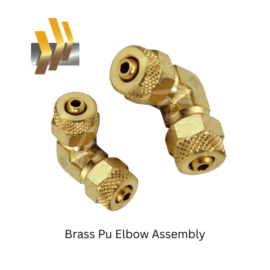
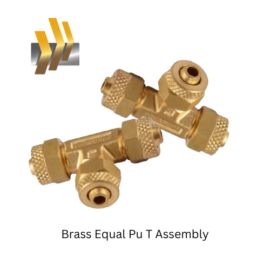
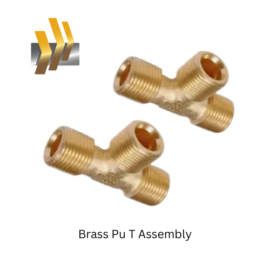

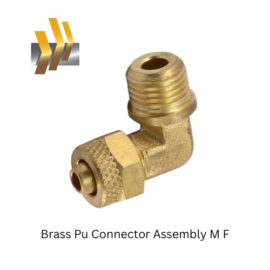
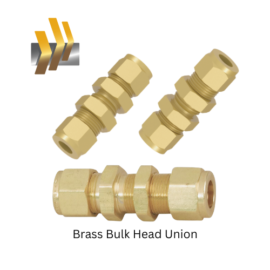
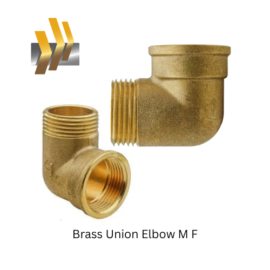

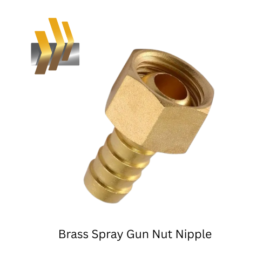


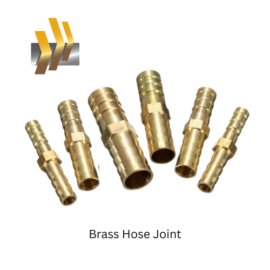
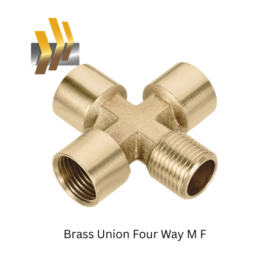
Brass auto components are precision-engineered parts made from brass, an alloy primarily composed of copper and zinc. These components are widely used in the automotive industry for their excellent electrical conductivity, mechanical strength, and resistance to wear and tear.
Brass is favored in automotive applications due to its combination of strength, durability, and malleability. It offers excellent thermal and electrical conductivity, corrosion resistance, and a low melting point, making it suitable for components exposed to high temperatures and harsh environments.
Brass is commonly used in vehicles for components such as pistons, bearings, gears, brake calipers, decorative accents, and various fittings. Its corrosion resistance makes it ideal for parts exposed to moisture or salt, while its aesthetic appeal enhances the look of luxury vehicles.
Yes, brass auto components can be customized to meet specific requirements. Manufacturers often offer tailored solutions based on client specifications, ensuring the parts fit perfectly within the intended application.
Reputable manufacturers produce brass auto components that meet or exceed industry and international quality standards, ensuring reliability and safety in various applications.
Brass offers several advantages, including excellent machinability, corrosion resistance, thermal and electrical conductivity, and aesthetic appeal. These properties make it a versatile choice for both functional and decorative automotive components.
Brass, composed mainly of copper and zinc, is generally softer and more malleable than bronze, which is primarily copper and tin. Brass's properties make it suitable for applications requiring intricate shapes and good conductivity, while bronze is preferred for parts needing higher strength and wear resistance.
Various brass alloys are used, including free-cutting brass for components requiring high machinability, high-tensile brass for strength, and admiralty brass for enhanced corrosion resistance. The choice depends on the specific requirements of the automotive application.
Brass parts should be kept clean and dry to prevent tarnishing. Regular polishing can maintain their luster, and protective coatings may be applied to enhance corrosion resistance, especially for parts exposed to harsh environments.
Yes, brass is 100% recyclable without any loss in quality. Recycling brass auto components contributes to environmental sustainability and can be cost-effective for manufacturers and consumers.
3 Stanhope Gate, Yorktown Business Park Camberley GU15 3DW. UK
© Copyright by Cytech Media